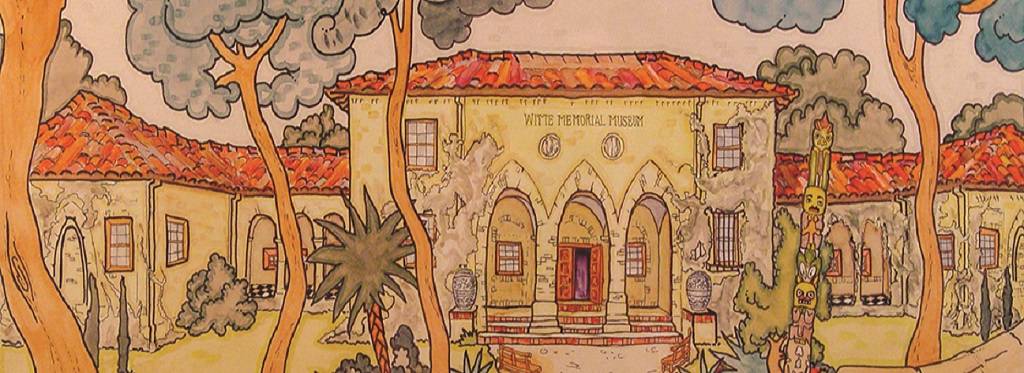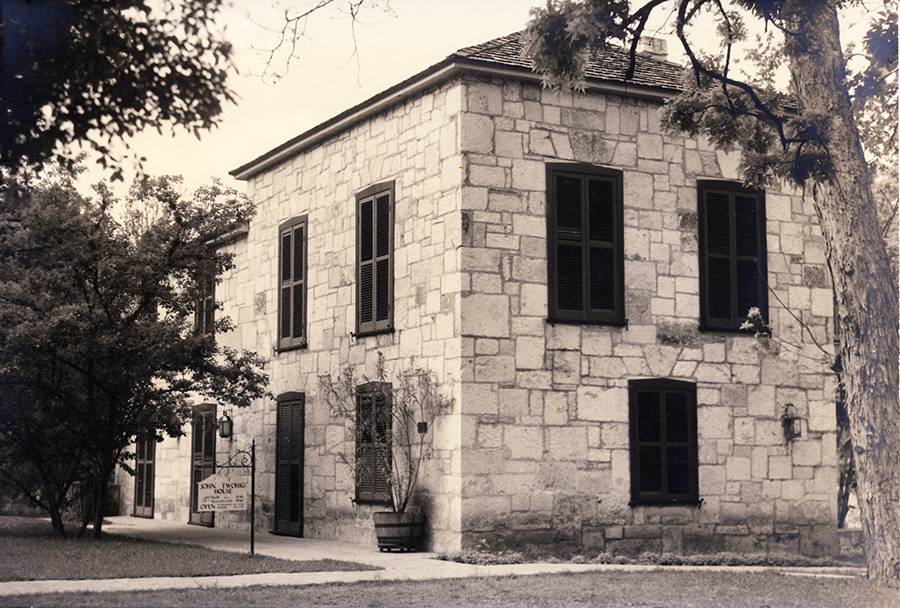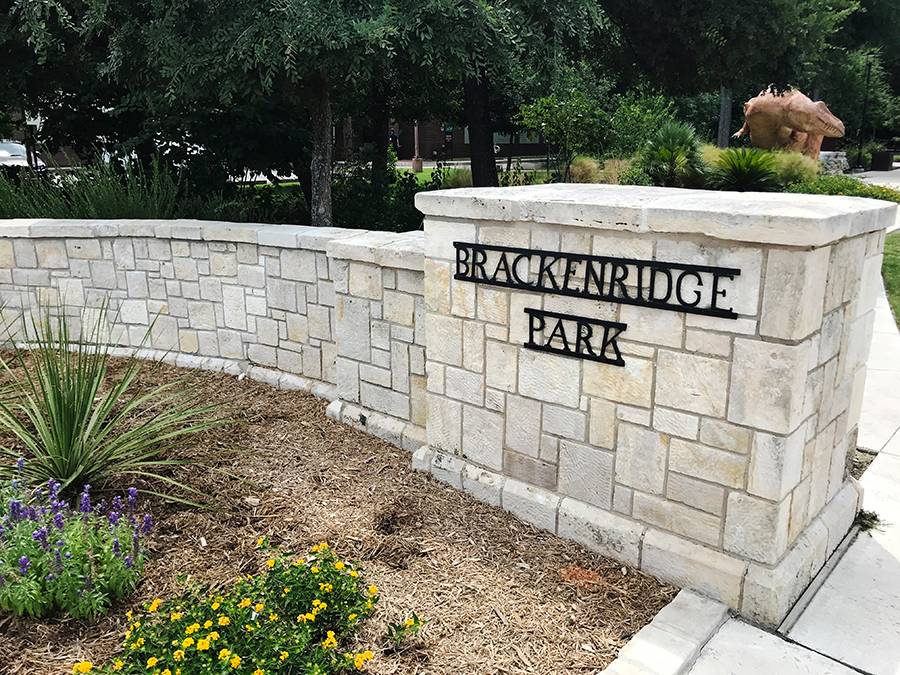The New Deal and the Witte
Federal programs called The New Deal were established as a response to the economic crisis of the Great Depression by newly elected President Franklin D. Roosevelt. Between 1933 and 1943 the Witte Museum and surrounding Brackenridge Park were the beneficiaries of a number of New Deal Era projects administered by the Civil Works Administration (CWA), the Works Projects Administration (WPA) and the National Youth Administration (NYA). The national programs operated in cooperation with state and local governments to create jobs, invest in public works, and revitalize communities to aid economic recovery.
New Deal sponsored projects led to the construction of stonework along the San Antonio River, boundary wall and gates on Broadway, the stone drainage canal into the San Antonio River and the bridge across it. They reconstructed the Twohig House, which still stands, as well as the Reptile Garden structure that once stood on the Witte Museum grounds.
The Civil Works Administration was one of the earliest and shortest New Deal programs. Established in November 1933 and ending in March 1934, the CWA provided temporary jobs during an especially harsh winter. Four million people were employed by the CWA primarily in construction.
The Works Progress Administration, later Works Projects Administration, or WPA was established in 1935 with a goal to provide at least one paid job per family where the breadwinner suffered long-term unemployment. Between 1935 and 1943 the WPA employed 8.5 million people. Henry P. Drought of San Antonio served as the state director for WPA projects in Texas.
The National Youth Administration was created as part of the WPA in 1935. The NYA operated employment and training programs for youth and offered part-time work for high school and college students. Under the guidance of State directors Lyndon Baines Johnson and Jesse Kellam, more than 75,000 out-of-school youths between the ages of 16 and 25 were employed by the NYA.


